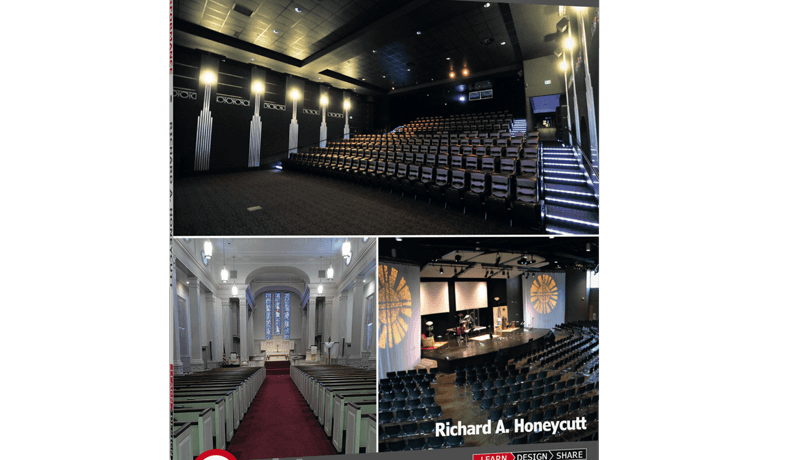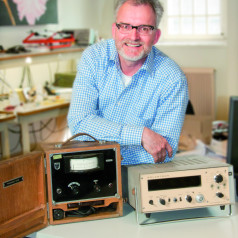Book review: Acoustics in Performance
January 17, 2018
on
on

Seeing is believing, but hearing too may have considerable force of conviction if the means of sound reproduction and propagation are faithful. Like many of you I once marvelled at the acoustic performance of a classic amphitheatre. It was near Ephesus on the Turkish west coast where so much “Greek” history can be found. On a very hot evening with a good amount of sea wind, I attended a combined musical and vocal performance from a local ensemble using absolutely zero watts of electric power, i.e. unplugged for real and not MTV-style. No microphones, no public address system, yet the finest detail of sound was audible to everyone in the audience. All announcements were made without so much as a raised voice, and from my seat high up in the amphitheatre I was able to hear the musicians lift their instruments from the felt lined cases. Due to the special acoustics of the ancient construction in combination with the directivity of my ears a soft sound from the stage was stronger than that of a babbling child a few seats away.
This was my immediate association with the book Acoustics in Performance by Richard A. Honeycutt fresh from the press at Elektor. In the book I was able to find the physics, scientific and psychoacoustic aspects of just about any of the phenomena mentioned above. Like ambient noise (the child and the wind), speech intelligibility (the crisply audible announcements), and more perceptive aspects like the time it took me to get used to the absence of prolonged bass sounds. The latter is interesting as it an acquired taste really, from years of listening to rock music on cheap hi-fi sets and attending concerts in sub-optimum spaces where the bass guitar is turned up way too loud.
This was my immediate association with the book Acoustics in Performance by Richard A. Honeycutt fresh from the press at Elektor. In the book I was able to find the physics, scientific and psychoacoustic aspects of just about any of the phenomena mentioned above. Like ambient noise (the child and the wind), speech intelligibility (the crisply audible announcements), and more perceptive aspects like the time it took me to get used to the absence of prolonged bass sounds. The latter is interesting as it an acquired taste really, from years of listening to rock music on cheap hi-fi sets and attending concerts in sub-optimum spaces where the bass guitar is turned up way too loud.
Read full article
Hide full article

About Jan Buiting
Jan Buiting (1958) has been active in electronics and ways of expressing it since the age of 15. Attempts at educating Jan formally have so far yielded an F-class radio amateur license, an MA degree in English, a Tek Guru award, and various certificates in ele... >>


Discussion (0 comments)